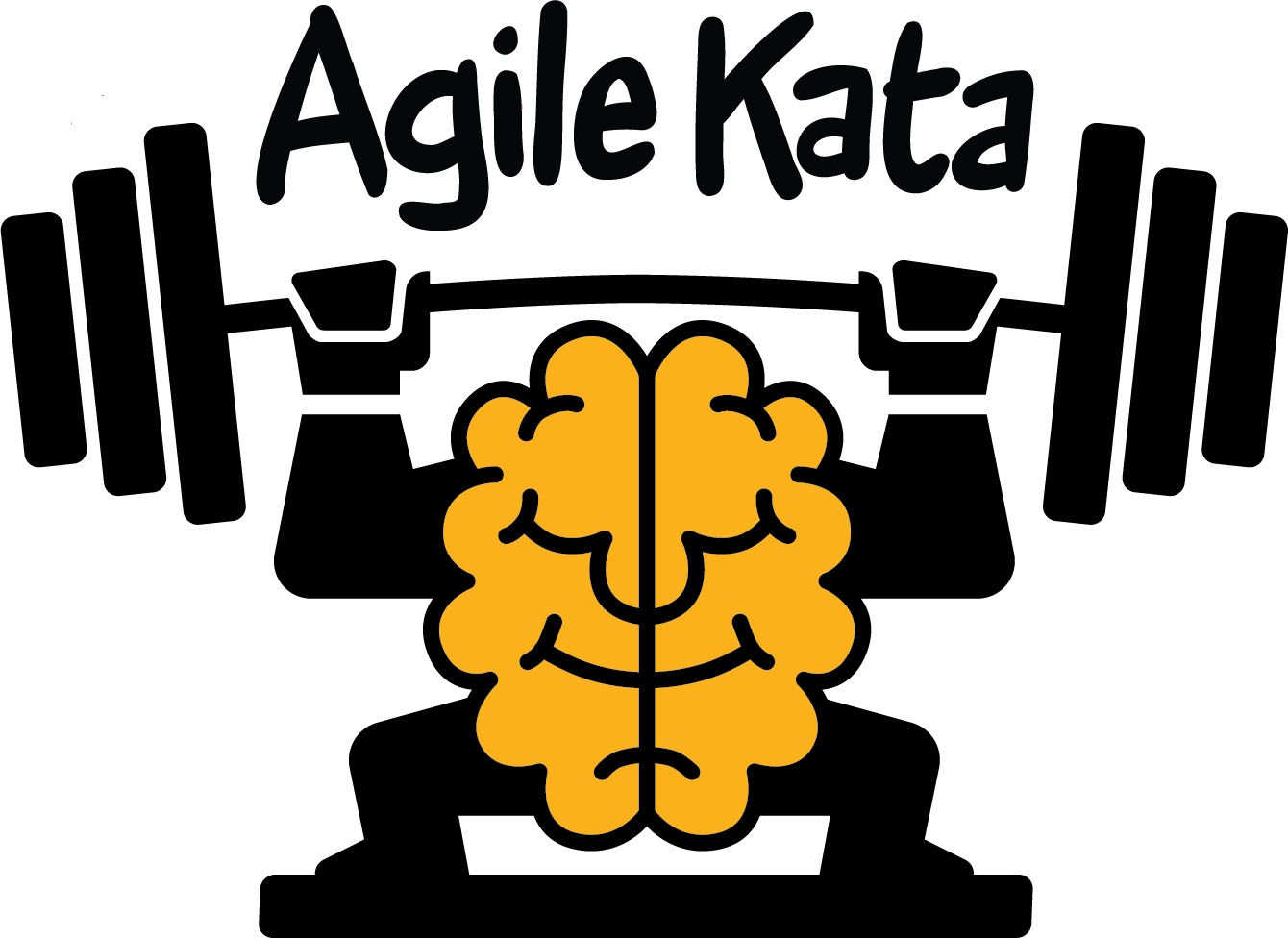After releasing the first version of the Agile Kata, we received many questions, here are some common themes of questions we have received:
FAQs
Can the Agile Kata steer my agile transformation?
Yes, that is one of the typical applications of the Agile Kata. However the Agile Kata could also be used for increasing agility from beginning to full business agility and everything in between.
Does the Agile Kata require me to stop using other agile processes like Scrum or SAFe?
No, not at all. The opposite is actually the case. The Agile Kata is a pattern that builds on improvement ideas that come straight from the agile teams.
Is the Agile Kata an agile methodology?
No, see the Agile Kata like a pattern for effective learning and improving. In our case we learn about our business and improve the way we work over time. The Agile Kata helps coordinating the small steps and keeps everyone focused. There is no start-to-end process model with all answers, but a tool to practice improvements.
Is the Agile Kata new?
Yes and no. The Agile Kata is a combination of Agile and Kata. Both Agile and Kata are well established and proven industries. The connection between Agile and Kata is new and it is that synergy that is in particular powerful to increase business agility.
Does the Agile Kata have fixed-length iterations?
Fixed length yes, rhythmic no. One big difference between the Agile Kata and other iterative-incremental processes is that a team limits the time they will dedicate to reach a target condition. That length of the Agile Kata can vary and is more a reminder that experiments did not reach the desired results. When this time-limit is reached, a team would then plan for more experiments or defines a new target condition.
What is the difference between the Improvement Kata and the Agile Kata?
The Improvement Kata (Toyota Kata by Mike Rother) is the “core” of the Agile Kata. It is the pattern for improvement. The Agile “shell” makes the Improvement Kata more suitable for agile initiates, for example by introducing agile leadership, agile culture, value-based metrics, agile coaching and self-managed autonomous teams.
